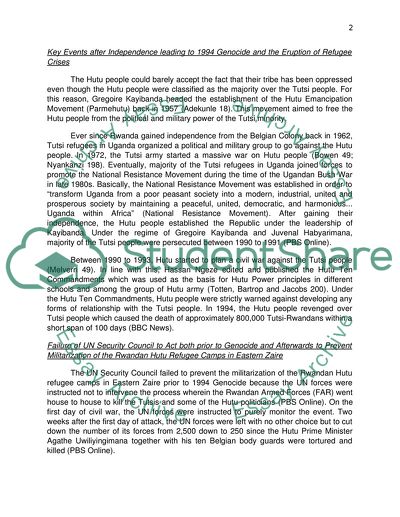Cite this document
(Refugee and Migration Movements Throughout the History Research Paper, n.d.)
Refugee and Migration Movements Throughout the History Research Paper. Retrieved from https://studentshare.org/history/1739973-refugee-and-migration-movements
Refugee and Migration Movements Throughout the History Research Paper. Retrieved from https://studentshare.org/history/1739973-refugee-and-migration-movements
(Refugee and Migration Movements Throughout the History Research Paper)
Refugee and Migration Movements Throughout the History Research Paper. https://studentshare.org/history/1739973-refugee-and-migration-movements.
Refugee and Migration Movements Throughout the History Research Paper. https://studentshare.org/history/1739973-refugee-and-migration-movements.
“Refugee and Migration Movements Throughout the History Research Paper”, n.d. https://studentshare.org/history/1739973-refugee-and-migration-movements.


